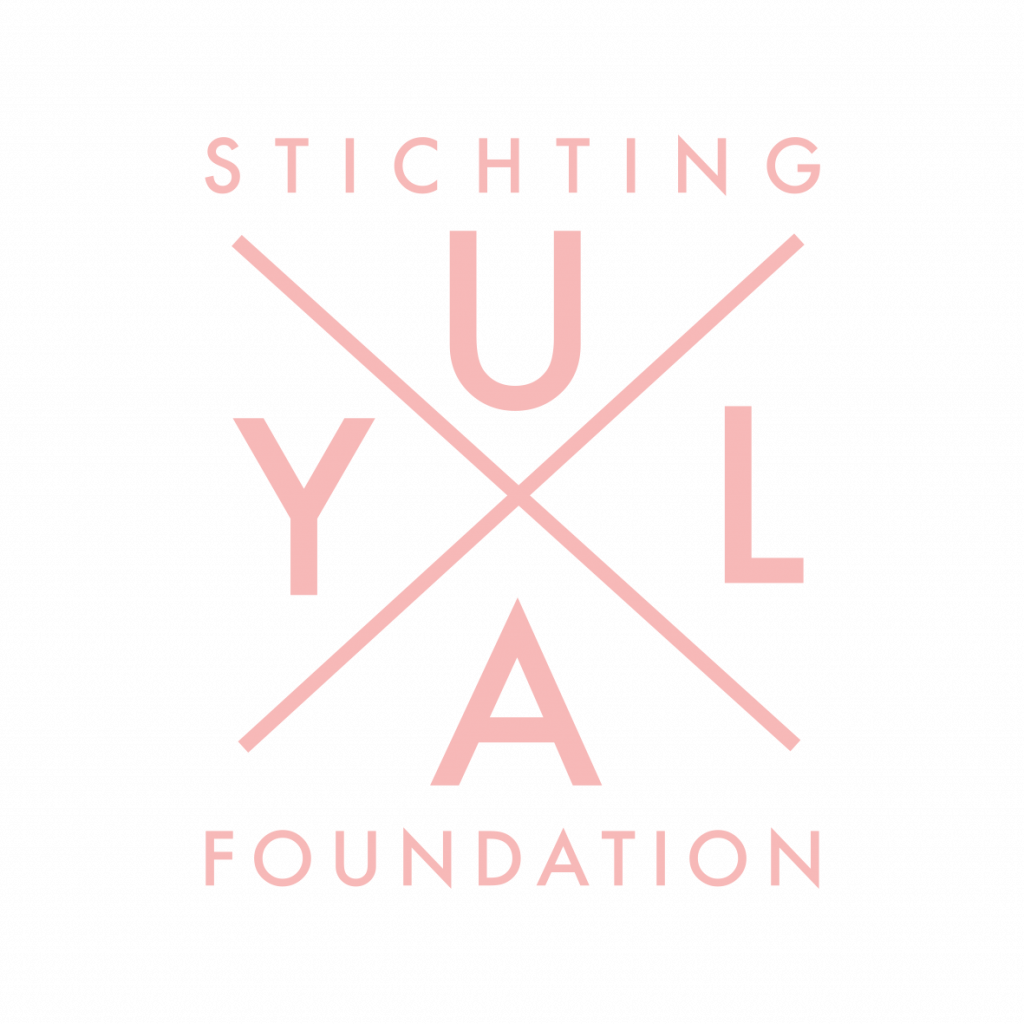ULAY Foundation donates two early, pivotal Polaroids of Ulay
News — May 18, 2021


In 2014 Ulay said about these early works: “As soon as I began using the Polaroid camera, mainly pointing it at myself – a practice I called Auto-Polaroid – I immediately discovered its performative elements. Taking Polaroids was a performative act for me: I performed in front of the camera. These were intimate actions, carried out in the absence of a live audience.” *
The Auto-Polaroids are also characteristic of the earliest period of Ulay’s artistic activity in Amsterdam in the 1970s, both in technique and method (performative photography) and content (his research into his own gender identity). The title of the diptych, Soliloquy, refers to a dramatic monologue, an act of speaking one's thoughts aloud when by oneself or regardless of any hearers. The Soliloquy diptych is part of the larger S'he series, one of Ulay’s most iconic works of this period: by presenting himself as half man, half woman, Ulay was attempting to destabilize the very concepts of gender and sexuality, challenging the viewer to rethink gender categories and to reconsider the normative ideal of identity.
ULAY Foundation: “To us, it is noteworthy that a work so close to Ulay, a somewhat lesser known, very subtle Polaroid diptych, is now in the collection of the Stedelijk Museum. As a gesture of support to the museum in this challenging time, the donation honours Ulay’s special bond not only with the city of Amsterdam but in particular with the Stedelijk Museum. As the exhibition was opened to the public only for a month, the ULAY Foundation finds comfort in knowing that the works of Ulay from the Stedelijk collection will be exhibited again, anew, and in various other contexts in years to come. We thank Director Rein Wolfs and the Stedelijk team for their efforts in the past two years.”
Rein Wolfs, director of the Stedelijk Museum: “It is an honour to celebrate the ground-breaking artist that Ulay was in the exhibition ULAY WAS HERE. We pay tribute to his memory and his personal relationship with Amsterdam, where he spent over forty years of his life. Ulay was a pioneer and one of the founders of performance art, and we are happy to have been able to acquire one of his first actions, the video Irritation – There is a Criminal Touch to Art from 1976. As a museum that has performance art in its core, it is with great gratitude that we accept this donation from the ULAY Foundation. These early Polaroids are a great addition to our collection and an inspiration for generations to come.”
* Ulay in an Interview with Alessandro Cassin, “Early Works: Ephermal, Intimate Actions, with No Audience, Arrested in Time through the Polaroid'', in: Whispers: Ulay on Ulay (by Maria Rus Bojan and Alessandro Cassin, ed. Astrid Vorstermans), Valiz Foundation, Amsterdam 2014
The exhibition
Ulay had already begun working with the curators on this major survey before he passed away in March 2020. This turned ULAY WAS HERE into the first international posthumous exhibition, with many never before seen works. While the works that Ulay made with Marina Abramović are iconic, ULAY WAS HERE shows that he had an impressive solo oeuvre, both before and after their twelve-year collaboration. The exhibition emphasizes that Ulay was one of the pioneers of Polaroid photography and performance and body art: experimental, uncompromising, and committed to social issues. ULAY WAS HERE examines his entire oeuvre by pivoting around four key themes that amplify the contemporary relevance of his work: his focus on performance and the performative aspects of photography; his research into (gender) identity and his body as a medium; his engagement with social and political issues; and his relationship with Amsterdam, the city where he lived and worked for four decades.

Due to the pandemic, ULAY WAS HERE has been on display from 21 November until 15 December 2020. In spite of a prolongation until 30 May 2021, the exhibition is not expected to reopen again, as by order of the government Dutch museums remain closed.
Online tours
Would you like to see the exhibition (again)? Then you can! Rein Wolfs, curator Hripsimé Visser, Hana Ostan Ožbolt, director of the ULAY Foundation, Ulay's son Jurriaan Löwensteyn and Marina Abramović take you trough a personal online tour through ULAY WAS HERE and share their favorite works and special stories.

The exhibition is curated by Hripsimé Visser and Rein Wolfs, in close collaboration with Hana Ostan Ožbolt from the ULAY Foundation and advice from Maria Rus Bojan. The exhibition is generously supported by Fonds 21, the Mondriaan Fund, Stedelijk Museum Fonds, Goethe-Institut and Profilex framers.






